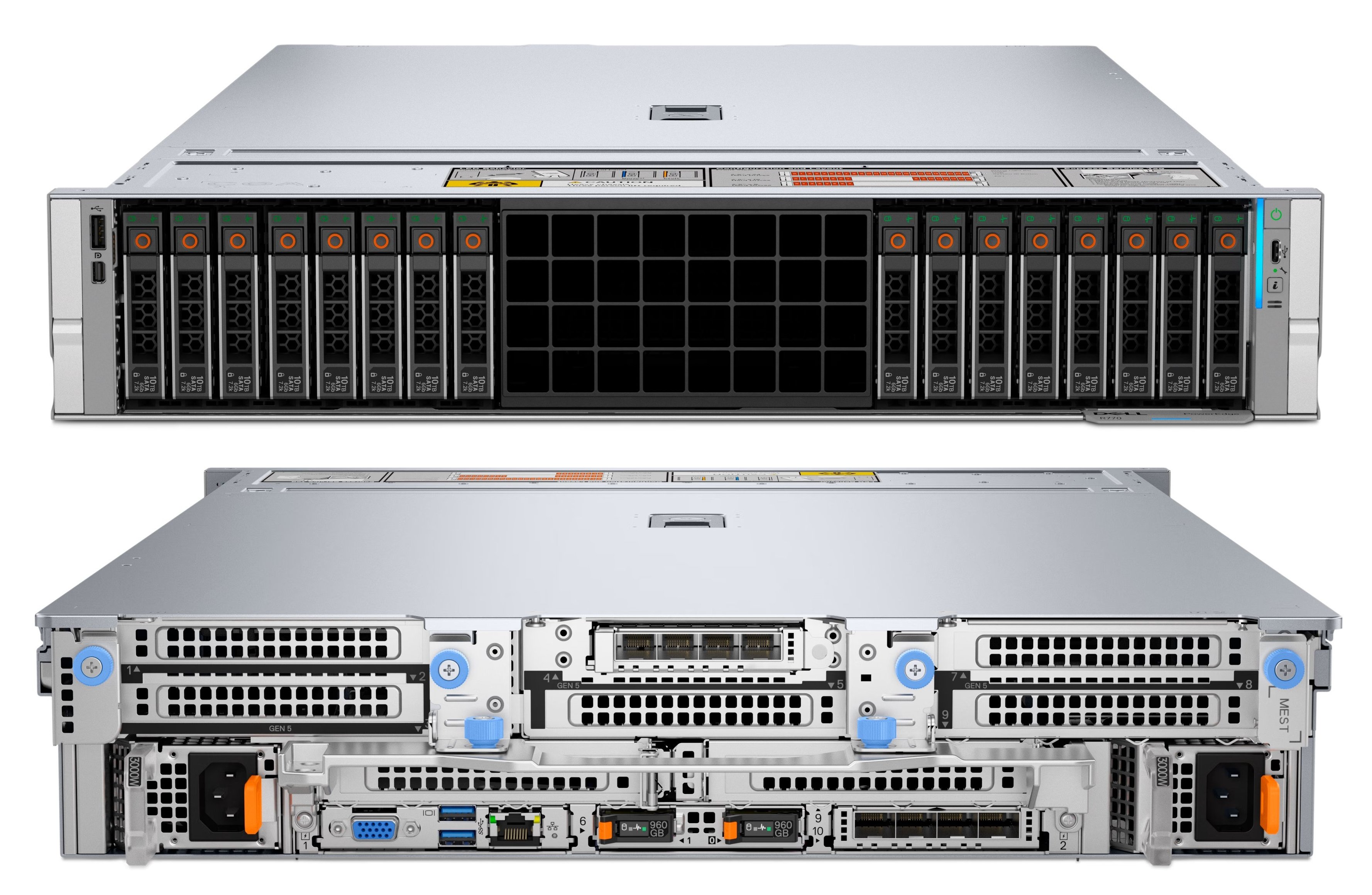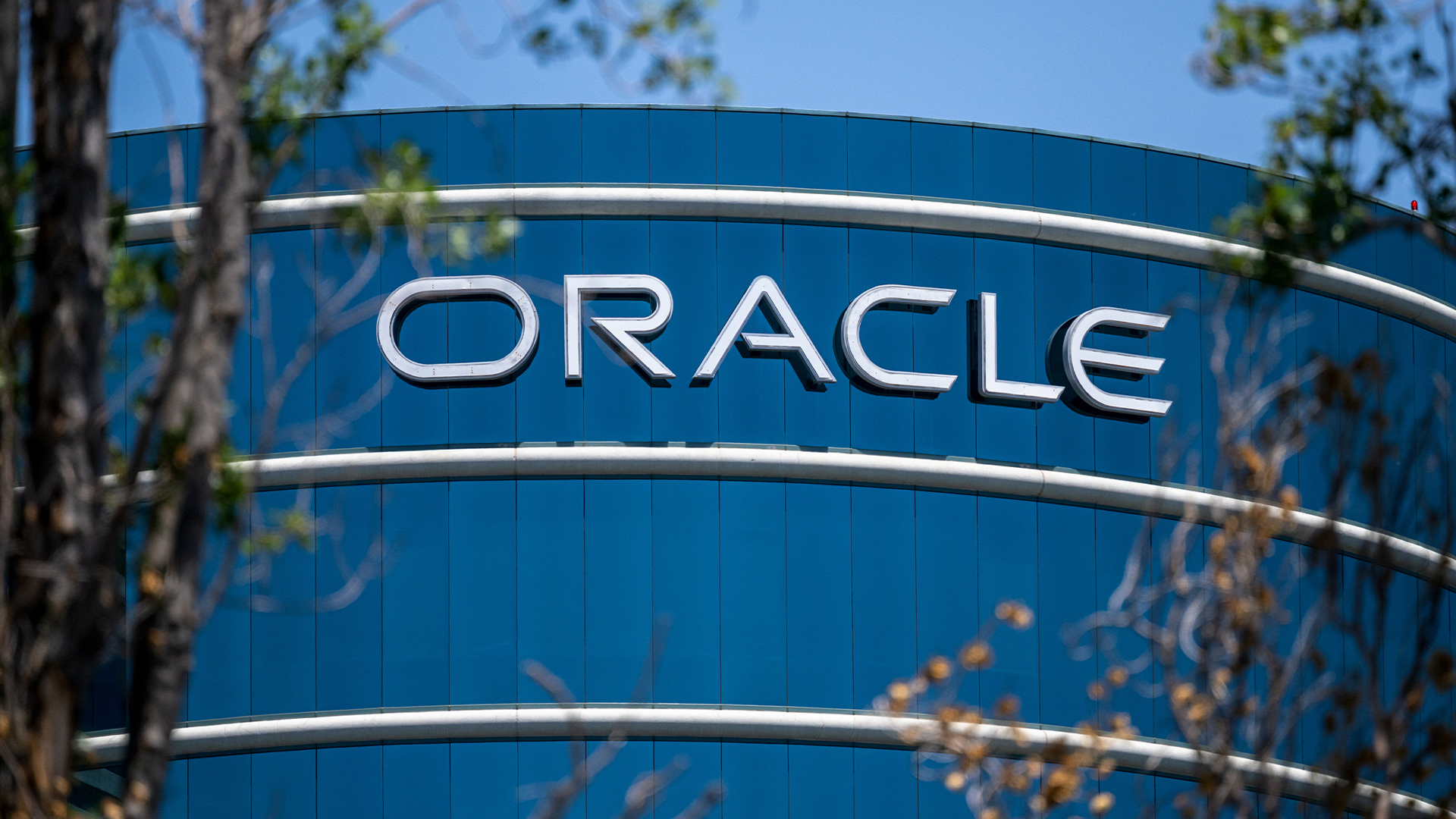Why blockbuster tech M&As might be a thing of the past
Regulators are taking a heavy-handed approach as fears mount over monopolisation


This article originally appeared in issue 34 of IT Pro 20/20, available here. To sign up to receive each new issue in your inbox, click here
The technology industry has made a tremendous impact since the turn of the millennium. From Steve Jobs presenting the first iPhone to the likes of Slack streamlining internal collaboration, and even a plethora of back-office software reinforced by the cloud, innovation has been fuelling enterprise success for years.
Much of this innovation has been driven by the regular cycles of growth and consolidation – with startups bringing cutting-edge innovations to the market and growing into small enterprises in their own right – before being swallowed by a much bigger fish. Slack typifies this, with its flagship platform attracting the attention of Salesforce in a $28 billion deal in July 2021.
With shareholders expecting greater returns on their investment, the pursuit of innovation has in some cases shifted into an acquisition drive to guarantee future growth. Apple CEO Tim Cook has suggested as much previously, revealing his firm acquires a company every two or three weeks. He justifies this activity by citing the additional technology and talent joining Apple, rather than simply propping up P&L sheets.
The Slack deal was one of many significant moves that year. Although 2022 saw a few large-scale deals, it was equally known for prospective deals that either fell through or were put at risk of collapse. With regulators paying more attention to the threat of monopolisation, as well as considering the implications for domestic innovation and national security more seriously, there are more barriers than ever to closing huge M&As.
Industry deals are under fire
Microsoft, in January 2022 reached an agreement to purchase Activision Blizzard for $68.7 billion. Nvidia, at the same time, was hoping to close its acquisition of Arm from Softbank. Then, in May, Broadcom confirmed a $61 billion intent to purchase the industry giant VMware. Fast forward to 2023, and it’s likely all three deals will fall through following regulatory scrutiny.
Both Microsoft and Broadcom are still hoping to persuade regulators around the world of the value of their respective acquisitions. Nvidia, on the other hand, abandoned its pursuit of Arm in February 2022 after all parties noted significant regulatory challenges.
Stay up to date with the latest Channel industry news and analysis with our twice-weekly newsletter
In each case, regulators including the UK Competition and Markets Authority (CMA) and the US Federal Trade Commission (FTC), as well as the European Commission, are threatening to scupper this kind of giant deals that might, a few years ago, have gone through without a hitch.
Realising the value of home-grown technologies
From the perspective of Microsoft, Nvidia and Broadcom, these acquisitions are perfectly reasonable and make complete business sense. There’s a lot of sense in a leading GPU specialist acquiring arguably the best chipset architecture producer, for example. For competing entities, however, these deals could be game-ending.
Such worries about competition naturally lead to intervention and, according to ECI Partners Investment Director, Dan Bailey, we can expect more regulator activity now governments have realised the value of home-grown technology businesses.
RELATED RESOURCE

ESG: Designing the ideal digital work experience for the next generation of innovators
What users want, why it's critical to give it to them, and how the whole organisation can benefit
“The activity of antitrust regulation may constrain some of the M&As that such large groups can do, as seen by the current Microsoft and Activision Blizzard deal which is being investigated on both sides of the Atlantic.
“Similarly, geopolitical protectionism is also back in vogue and could lead to more blocked deals,” adds Bailey. The UK’s National Security and Investment (NSI) scheme, for instance, was introduced in early 2022 and aims to ensure commercial activity doesn’t weaken the UK’s national security profile. This could be through, say, adversarial state-backed companies obtaining UK-developed IP or acquiring a stake in national infrastructure.
“Nobody really understands why Silicon Valley worked in the way it has done,” says Jonathan Simnett, director of Hampleton Partners. “Economies are all interested in tech because they see it as future-proofing their economy.” He adds intervention in tech is fairly rare, but governments do get animated when there’s any prospect of a commercial monopoly forming, or where there’s any potential for civil damage.
Regulators are reigning in the power of big tech
Maintaining a competitive marketplace is the primary motivation behind much of the regulatory intervention. Big tech companies, on the other hand, might seek to make acquisitions with more than innovation in their minds. In order to maintain profits, tech companies are pursuing acquisitions to top up their own organic growth figures. According to Simnett, these acquisition runs come in boom and bust cycles depending on the economic conditions at the time.
Rebecca Wettemann, CEO of industry analyst firm Valoir, adds regulator attention is also cyclical, referencing the flurry of regulatory pushback. Beyond the Microsoft and Nvidia interventions, for example, the CMA also recently ordered Meta to sell Giphy.
“We sort of go through these phases where no one seems to be paying attention and then the pendulum switch shifts,” Wettemann tells IT Pro. “The theme over the past year for example is that big tech has too much power.
“It's a really interesting time for M&As right now. As we look at the cost of capital going up, companies that were in growth without profitability mode are having to rethink what that looks like. I have talked to a number of firms in the past two months that are at the point where they have three-to-six months of cash before they become a target for a cheap acquisition.”
“I think we'll see more of that in 2023 at the small end of the market,” she continues. “At the top of the market, it's not just about whether a deal goes through, the question is about whether these large firms see a quick completion on the horizon, or if they are going to be stuck in so much red tape that the deal is not worth it anymore.”
The cost of doing business is rising
Although regulators have the power to stop deals in their tracks, it still doesn’t explain why fewer deals are being struck in the first place. Following the relative boom, M&A activity slumped in 2022 and even fell 33% between the second half and first half of the year, according to Refinitiv.
Bailey also picks up on the cost of capital issue Wettemann highlights, adding businesses are pivoting away from the “growth at all costs” mantra that’s ruled for the last decade due to cheap money. “Given the challenging macro environment, businesses may become more focussed on cutting costs in order to generate more cash,” he says. “Another significant impact on M&A in 2023 will be the material increase in the cost of debt and reduced leverage appetite from lenders. Most M&As are, in part, debt-funded, so it will become more difficult and more expensive for buyers to do deals.”
Wettemann adds that regulators have upped their game, and the idea of Meta buying WhatsApp and Instagram for example, while palatable at the time, wouldn’t be worth pursuing today because of the attention it would bring.
“The challenge with any regulatory situation and it's the speed with which they move. What regulators are doing today may have been appropriate to remedy the problems that were caused two to three years ago,” she continues. “It's very difficult for regulators to get ahead of the game, and while they may be aggressive against what they see in the market today, they're already behind. That is the perpetual problem.”
The likes of Nvidia and Microsoft may well be a victim of their own success. After all, big deals will attract regulator attention that comes with the headlines. Simnett stresses that such deals represent only 0.1% of the market, with most M&As humming away in the background. “The most successful businesses acquire other successful businesses to improve profitability, access to markets, acquire people, products, and core services,” he says. “These aren't the big swings that could cause problems and lead to global monopolies.”
Elliot Mulley-Goodbarne is a freelance journalist and content writer with six years of experience writing for B2B technology publications, notably Mobile News and Comms Business. He specialises in mobile, business strategy, and cloud technologies, with interests in environmental impacts, innovation, and competition. You can follow Elliot on Twitter and Instagram.
-
 Why Dell PowerEdge is the right fit for any data center need
Why Dell PowerEdge is the right fit for any data center needAs demand rises for RAG, HPC, and analytics, Dell PowerEdge servers provide the broadest, most powerful options for the enterprise
-
 Oracle's huge AI spending has some investors worried
Oracle's huge AI spending has some investors worriedNews Oracle says in quarterly results call that it will spend $15bn more than expected next quarter
